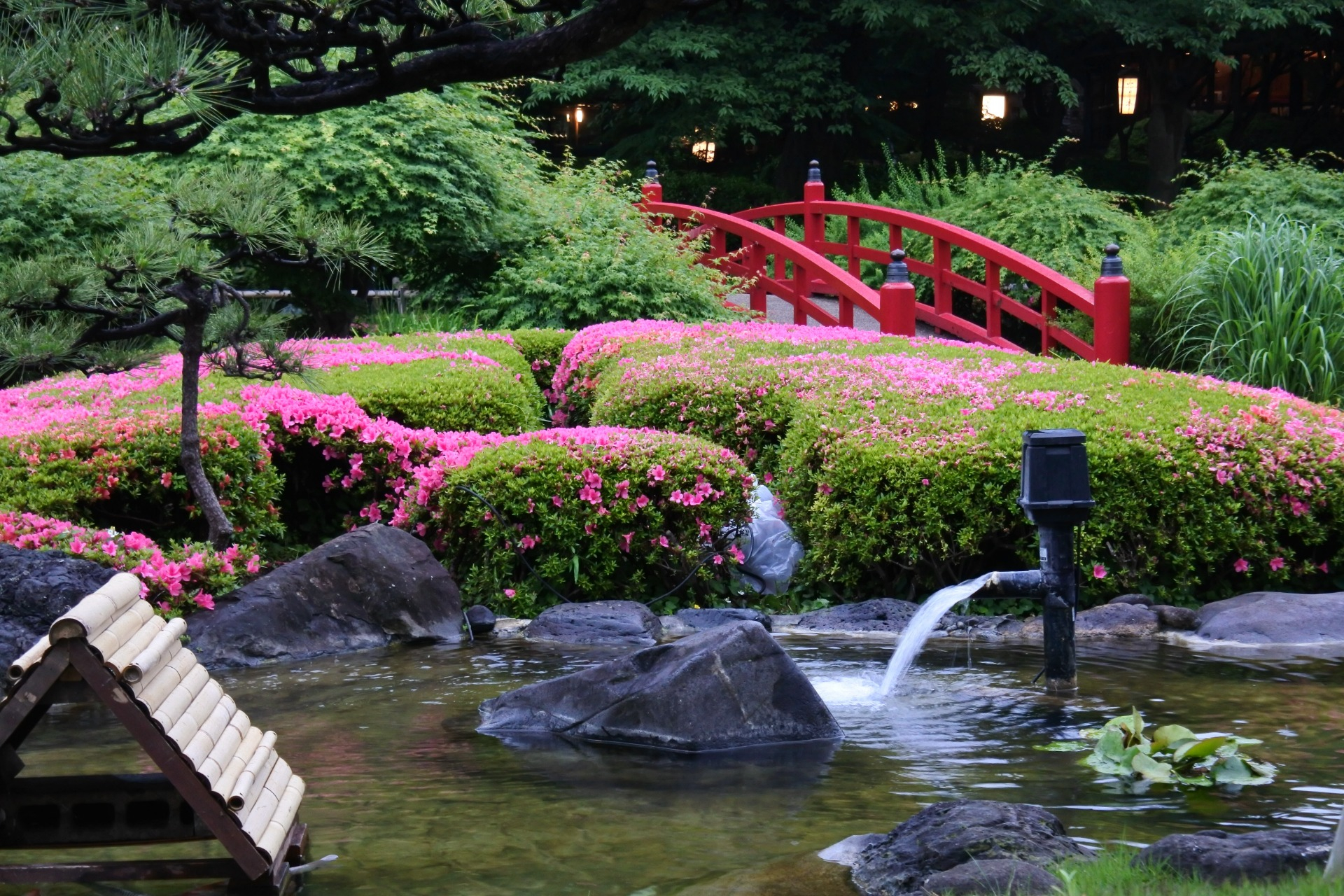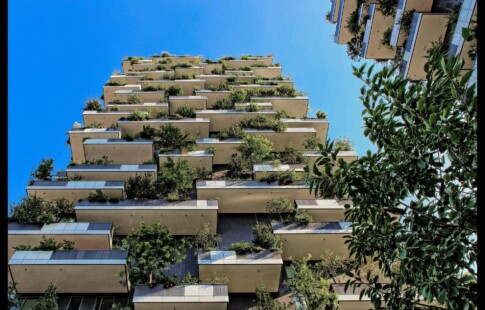
8 Benefits of a Green Tower for Sustainable Urban Development
We are reader-supported. When you buy through links on our site, we may earn affiliate commission.
Sustainable urban development has become increasingly important as the world’s population grows and urban areas become more densely populated. One innovative solution that has emerged in recent years is the concept of a green tower. These towers incorporate vegetation into spaces such as parks, gardens and green roofs into their structures, providing numerous benefits for sustainable urban development. Below are eight key benefits of green towers for sustainable urban development:
1. Increased Biodiversity
Green towers can provide important habitats for many wildlife. In urban areas, natural habitats for wildlife are often destroyed or disrupted by development. By incorporating green spaces into their design, green towers provide essential habitats for several wildlife species, including birds, insects and small mammals. These habitats help to promote biodiversity in developed areas and preserve endangered species.
2. Improved Air Quality
One of the most significant benefits of green towers is improved air quality. In developed areas, pollution is a major problem that can adversely affect citizens’ health. The World Health Organization reports that air pollution causes seven million premature deaths yearly. Green spaces such as parks and gardens integrated into green towers act as natural filters for pollutants, reducing the amount of harmful particles in the air. Green towers can also contribute to reducing greenhouse gas emissions by lowering the energy consumption of buildings.
3. Reduced Urban Heat Island Effect
The urban heat island effect is a phenomenon that occurs when urban areas absorb and retain more heat than surrounding rural areas, resulting in higher temperatures and reduced air quality. Green towers help to combat this effect by incorporating vegetation into their design. The plants provide shade, which helps to reduce the amount of heat absorbed by the building and surrounding environment. This, in turn, helps to lower temperatures and improve air quality in the area.
4. Water Management
Green buildings can also contribute to improved water management. In cities, there is often a lack of green spaces and a high percentage of impervious surfaces such as concrete and asphalt. These surfaces prevent rainwater from infiltrating the soil, leading to stormwater runoff and flooding. However, green roofs and walls absorb rainwater, which lowers stormwater runoff and provides additional moisture to the plants. This helps to reduce the burden on stormwater management systems, which are often overloaded during heavy rain.
5. Energy Efficiency
Green towers are often more energy-efficient than traditional buildings. Incorporating green spaces, such as green roofs and walls, can reduce the energy consumption of buildings. Green roofs and walls act as insulation, reducing the heat lost through the ceiling or walls. This results in lower heating and cooling costs and lower energy consumption, reducing the carbon footprint of the building.
6. Economic Benefits
Green towers can also offer economic benefits. These buildings often have lower operating costs due to lower energy consumption, which can translate into lower rent costs for tenants. They are also attractive to tenants because they offer a unique and environmentally conscious living experience. This can translate into higher rental rates and increased property values, making green towers a viable investment opportunity for property developers.
7. Improved Mental Health
Green spaces have been shown to have a positive impact on mental health. In urban areas, stress and mental health issues are prevalent. Access to green spaces can provide a break from the built environment and offer a calming and therapeutic effect. Green towers can provide this much-needed access to green spaces, creating a more pleasant and healthy urban environment for residents.
8. Reduced Operational Cost
Another benefit of green buildings is that they require less maintenance because they have specifically engineered design features that reduce energy consumption and lower occupants’ energy and water bills. Thanks to these adequate arrangements, corporate and residential owners can save money. Although the original cost for building owners to construct such structures may be greater than that of conventional, non-green forms of architecture, the price is recovered exponentially over time.
10 Tips for Building a Green Tower
Building a green tower requires careful planning and execution to ensure its success. Here are 10 tips for building a green tower:
- Start with a clear vision and set ambitious sustainability goals to guide the design and construction process.
- Work with a multidisciplinary team of experts, including architects, engineers, landscape designers and sustainability consultants, to create an integrated and holistic design.
- Incorporate a variety of green spaces, including green roofs, walls, balconies and courtyards, to maximize the environmental and social benefits of the building.
- Select the right plants and greenery based on local climate, soil conditions and water availability, and prioritize native and drought-resistant species.
- Optimize the building envelope and mechanical systems, including lighting, HVAC and water management, to minimize energy and water use and maximize efficiency.
- Use sustainable and low-impact building materials and construction methods, including recycled content and locally sourced materials, to reduce the building’s environmental impact.
- Incorporate renewable energy sources, such as solar panels or wind turbines, to generate clean energy and reduce the building’s reliance on fossil fuels.
- Implement smart building technology, such as sensor networks and automation systems, to optimize building performance and minimize waste.
- Engage with the local community and stakeholders throughout the design and construction process to build support, foster a sense of ownership and ensure that the building meets their needs and expectations.
- Continuously monitor and evaluate the building’s performance and incorporate feedback from occupants and stakeholders to inform ongoing improvements and maintenance.
Build Your Own Green Tower and Reap the Benefits
Green towers offer numerous benefits for sustainable urban development. They provide critical environmental benefits, including reduced heat island effect, improved air quality and habitat for wildlife. They also offer significant economic benefits, such as lower operating expenses and higher rental rates.
Finally, they help to build a sense of community in urban areas, providing vital gathering spaces for residents. As the need for sustainable urban development grows, green towers offer an innovative and effective solution for meeting this challenge.
Share on
Like what you read? Join other Environment.co readers!
Get the latest updates on our planet by subscribing to the Environment.co newsletter!
About the author

Jane Marsh
Starting from an early age, Jane Marsh loved all animals and became a budding environmentalist. Now, Jane works as the Editor-in-Chief of Environment.co where she covers topics related to climate policy, renewable energy, the food industry, and more.





